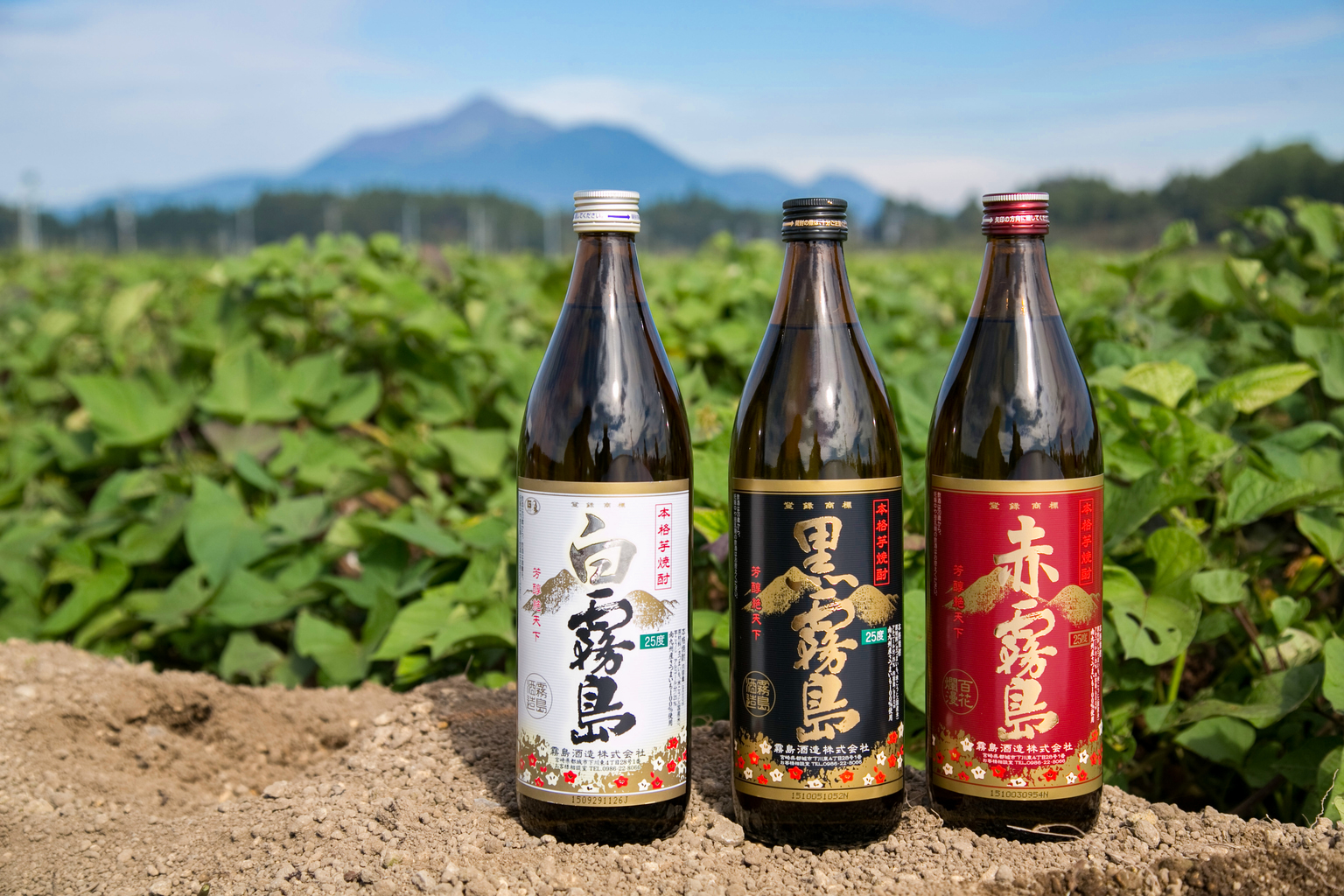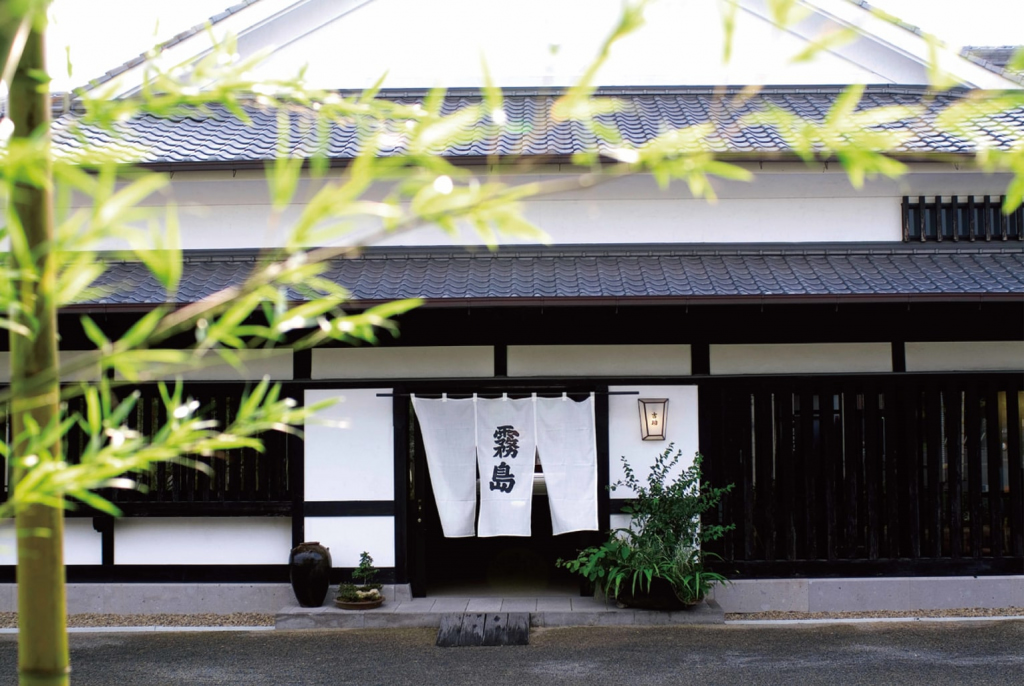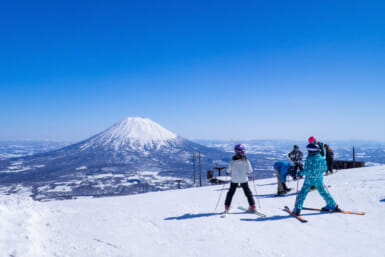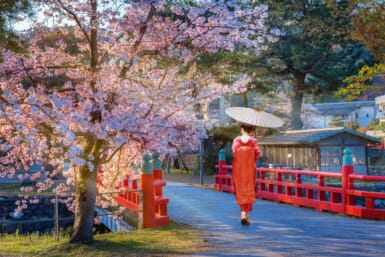Chuhai, lemon sour, umeshu … one thing ties all of these drinks together, and it isn’t merely their prevalence in Japan. Rather, they are all made with shochu, arguably Japan’s true national drink. Sake (which incidentally just means “alcohol” in Japanese), also known as nihonshu, usually gets the claim to the title, but it’s consumed less per capita than its sibling.

Although perhaps not well-known worldwide, shochu is the beverage of choice in Japan and boasts 500 years of history and tradition. It is strongly characterized by its origins and the manufacturing process.
Over 300 distilleries are dotted all across Kyushu, with three out of four types having a protected geographical indication originating here. With all the blessings of Kyushu’s rich land bottled up and served as this favorite drink, it’s no wonder Kyushu is nicknamed
“the island of shochu.”
The process of making shochu is relatively simple but has been cultivated over many centuries. At its core, the drink consists of a mere three ingredients: a base starch, water and Japan’s commonly used fermentation agent known as koji.

Shochu can be distilled once or multiple times. Honkaku (authentic) shochu is always only distilled once, with no additional ingredients besides the base type of starch, water and koji. As a result, the final flavor is heavily influenced by the core ingredient. The base can come from a variety of sources, including barley, sweet potato, rice and brown sugar, through to rarer options such as shiso. The most popular type is sweet potato, or satsuma imo shochu. The first satsuma imo shochu was made in Kagoshima Prefecture, and the practice has since been adopted by distilleries across Kyushu.
“Kirishima kept with tradition and continued this line of black koji shochu, which grew into their now nationally recognized Kuro Kirishima”
That includes Kirishima Shuzo, a distillery in Miyazaki Prefecture whose first ever shochu back in 1916 was a satsuma imo one made with black koji. Kirishima kept with tradition and continued this line of black koji shochu, which grew into their now nationally recognized Kuro Kirishima.
As it’s a honkaku shochu, there are no hard rules on drinking style – enjoy it on the rocks, mizuwari (with water), oyuwari (with hot water) or sparkling water.
Best of all, shochu is a healthy choice with hardly any calories and no purines (there are also gluten-free versions available). At Kirishima Shuzo, they use 100 percent Japan-grown sweet potatoes, Japan-grown rice and pure Kirishima groundwater (from 100m underground). Honkaku shochu has no added sugars, virtually no carbs and zero residual sugars from fermentation once it’s been properly distilled. No wonder Kirishima’s tipples were served at the Academy Award’s Governors Ball for three straight years since 2018 – after being introduced by Wolfgang Puck, world-famous chef and Oscars after-party caterer.
Shochu is in fact commonly paired with a meal. Considering shochu and Kyushu are so closely intertwined, it’s no surprise that the drink goes well with local Kyushu cuisine. Kirishima’s Kuro Kirishima is a good example: its crisp aftertaste and slightly sweeter notes make it a great accompaniment to many dishes, no matter the season. Having a glass of sweet potato shochu isn’t just about drinking: pair it with local dishes and you’ll start to understand Kyushu’s culinary history.
For more information about Kirishima Shuzo, go to www.kirishima-global.com/co/en
Sponsored Post









